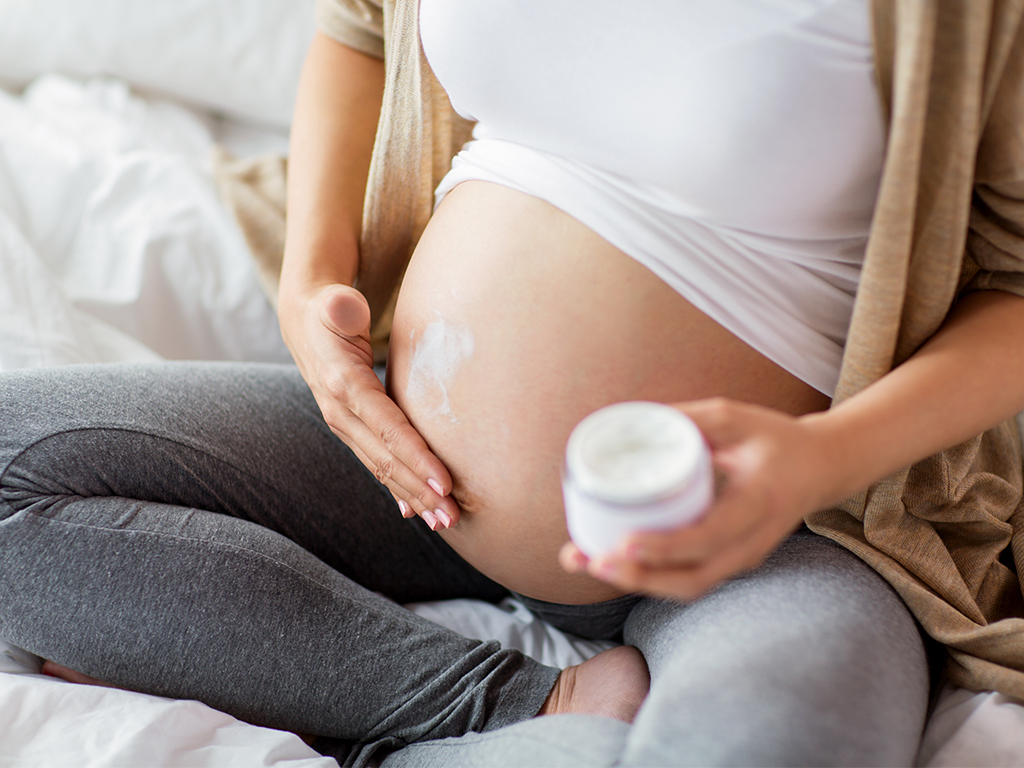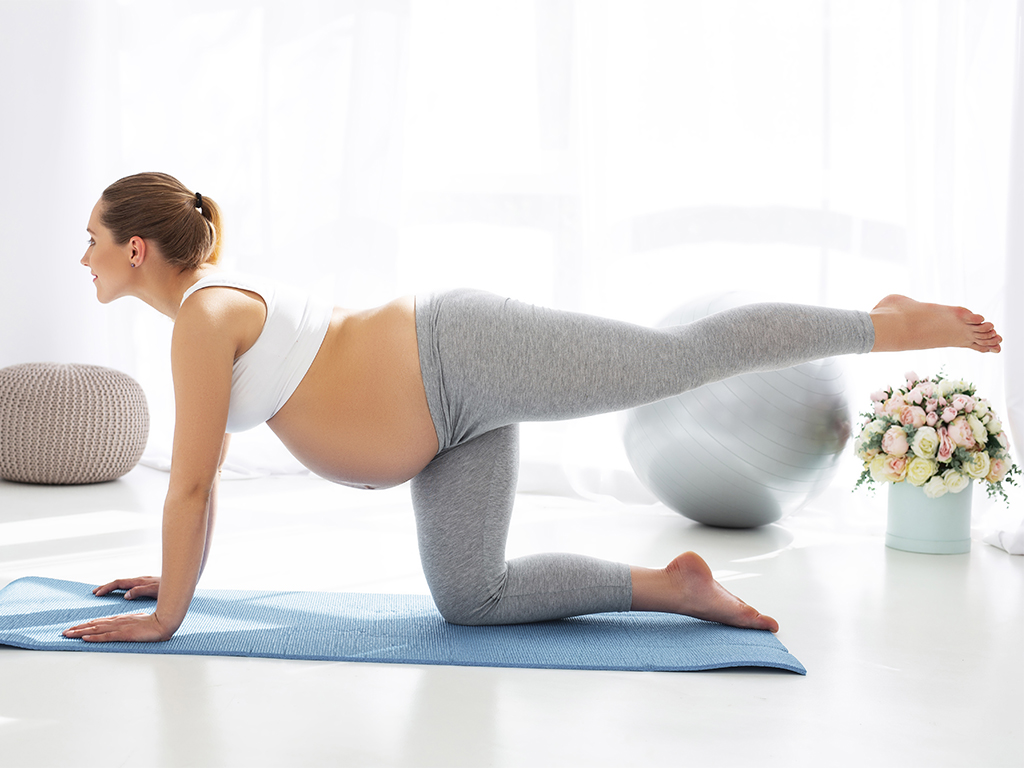How to avoid stretch marks during pregnancy
During pregnancy, the skin undergoes many changes in the abdominal area and stretch marks can appear. Here's how to avoid stretch marks during pregnancy.

Stretch marks are caused by the breakage of elastic fibres on the surface of the skin, causing small scars. The dermis, which is the innermost layer, contains collagen and elastin fibres, which provide the skin with flexibility and elasticity. This is why, when they break, they cause those little lines, similar to scars, which are known as stretch marks.

During pregnancy, it is very common for stretch marks to appear, as the size of the abdomen increases, stretching the skin and, by doing so in such a short period of time, the body cannot replenish all the collagen, and the fibres break. On the other hand, hormonal changes and the increase in oestrogen also make it easier for the skin to dry out and become even more fragile.
Where do stretch marks appear?
They usually appear where the skin is most stretched: abdomen, thighs, buttocks and breasts. Clusters of parallel lines appear which are initially rough and gradually flatten out.
10 steps to avoid stretch marks
-
Nourish your skin: and not only during pregnancy. Good hydration, inside and out, is essential to maintain the skin's elasticity. Apply anti-stretch mark cream twice a day and make sure they contain substances to promote skin elasticity and regeneration, such as centella asiatica, with repairing active ingredients, elastin, which gives the skin elasticity, and rosehip, which regenerates. It is important to be consistent for greater effectiveness.
-
Drink water: this is another way to hydrate and is essential for the proper functioning of the body, as well as preserving the elasticity of the tissues.
-
Avoid sunbathing: the sun accentuates stretch marks, so avoid direct sun exposure and always use sunscreen.

-
Follow a balanced diet: it is important to eat foods rich in vitamins A, E and C and magnesium (essential for collagen synthesis). It is also recommended to include proteins in your diet.
-
Stimulate circulation: while applying the anti-stretch mark cream, massage your stomach, buttocks, hips, breasts and thighs in a circular motion to stimulate circulation.
-
Keep fit: do gentle exercise, such as going for a walk, to maintain good muscle tone.

-
Don't smoke: strongly discouraged because of the dangers for the baby, smoking also decreases the production of collagen and elastin.
-
Check your bra: it seems silly, but the increase in breast size during pregnancy and breastfeeding means that we should check our bra as much as possible. Keeping your breasts cramped or uncomfortable is also discouraged.
-
Continue to nourish your skin: postpartum it is also advisable to apply anti-stretch mark cream until the skin returns to its natural state, as stretch marks sometimes appear after giving birth.
-
Beware of Retinol-A: this type of treatment is not recommended for pregnant women or women who are breastfeeding their children.

What do you think about?
Share comments, opinions and tricks with the Community







